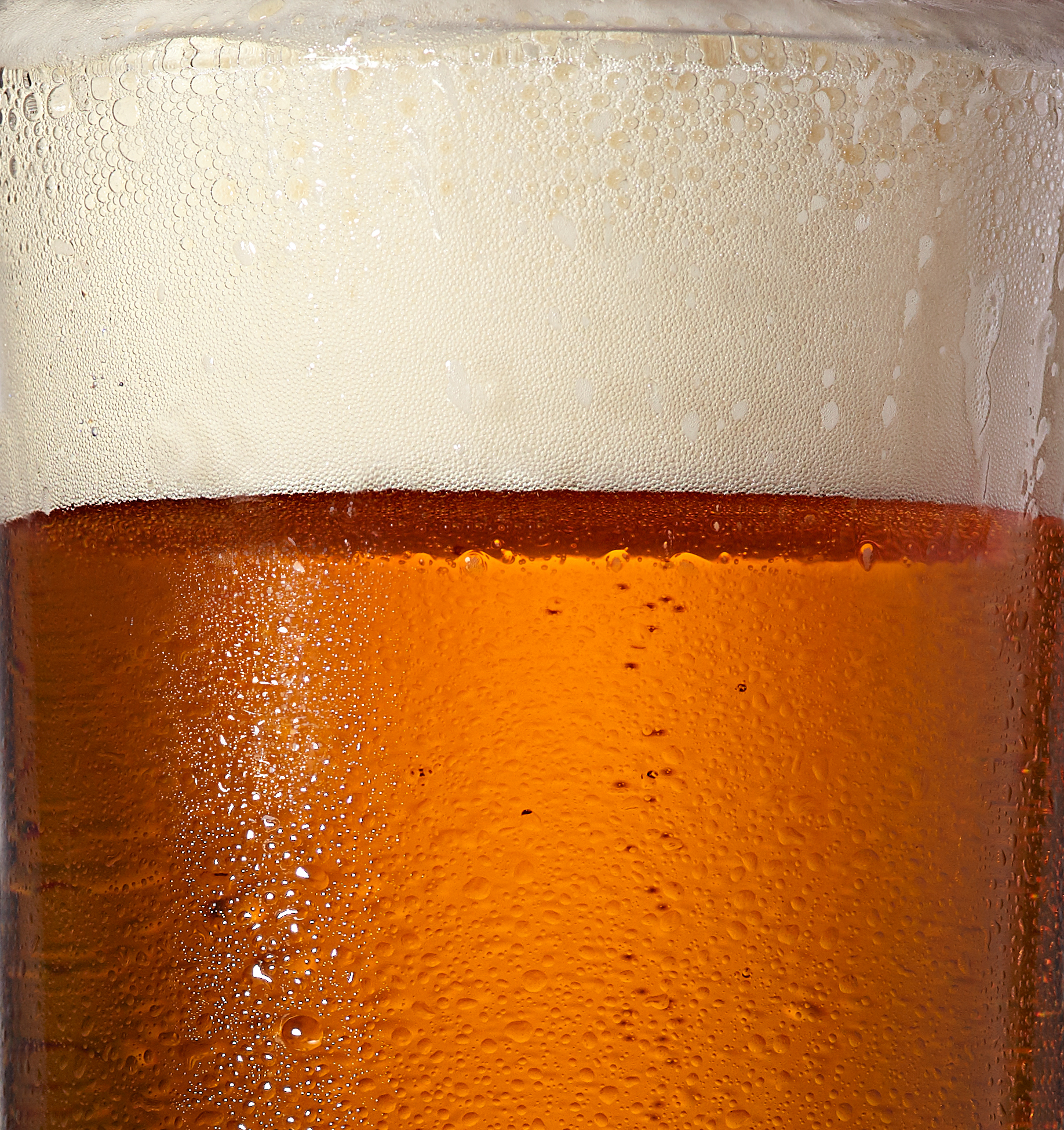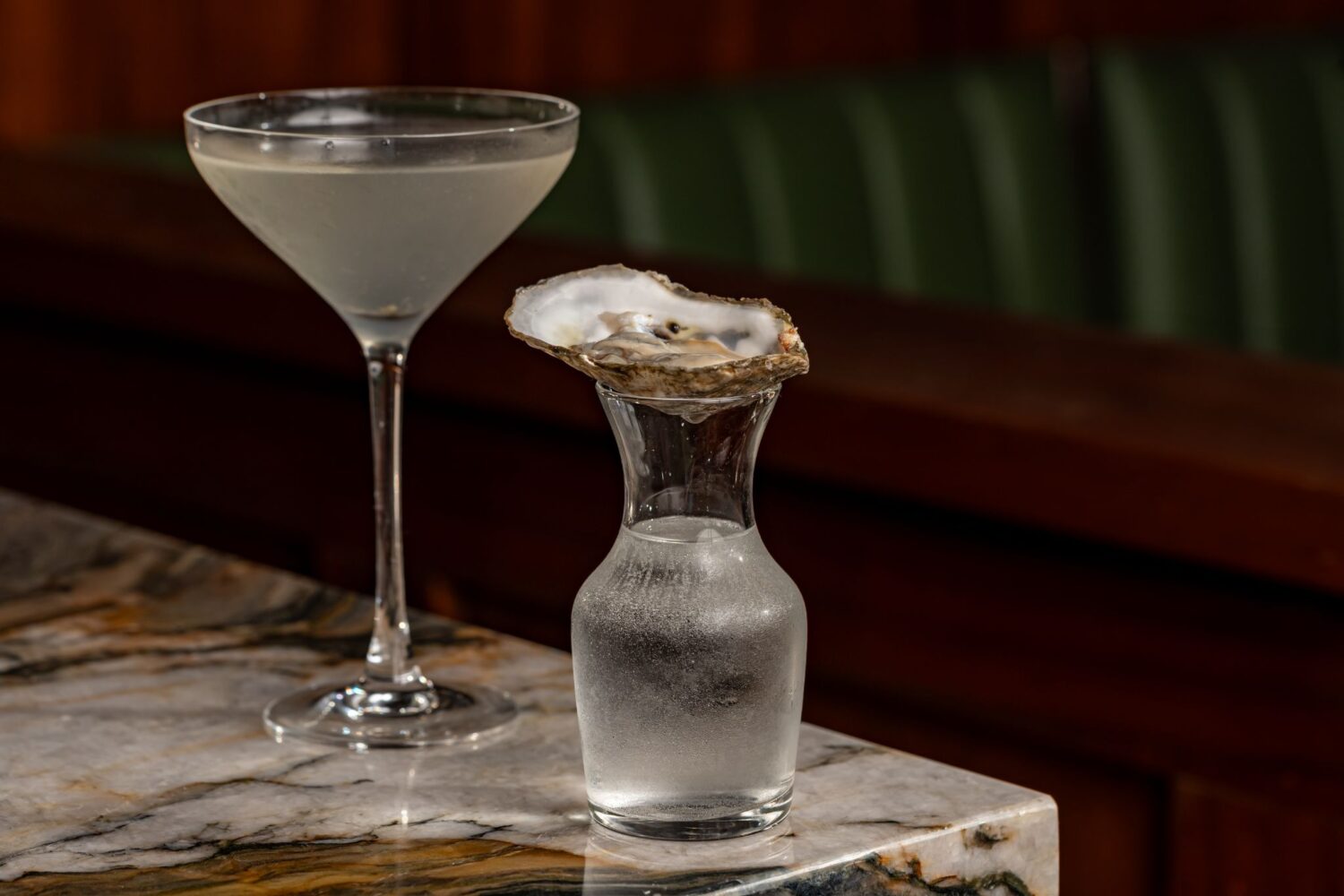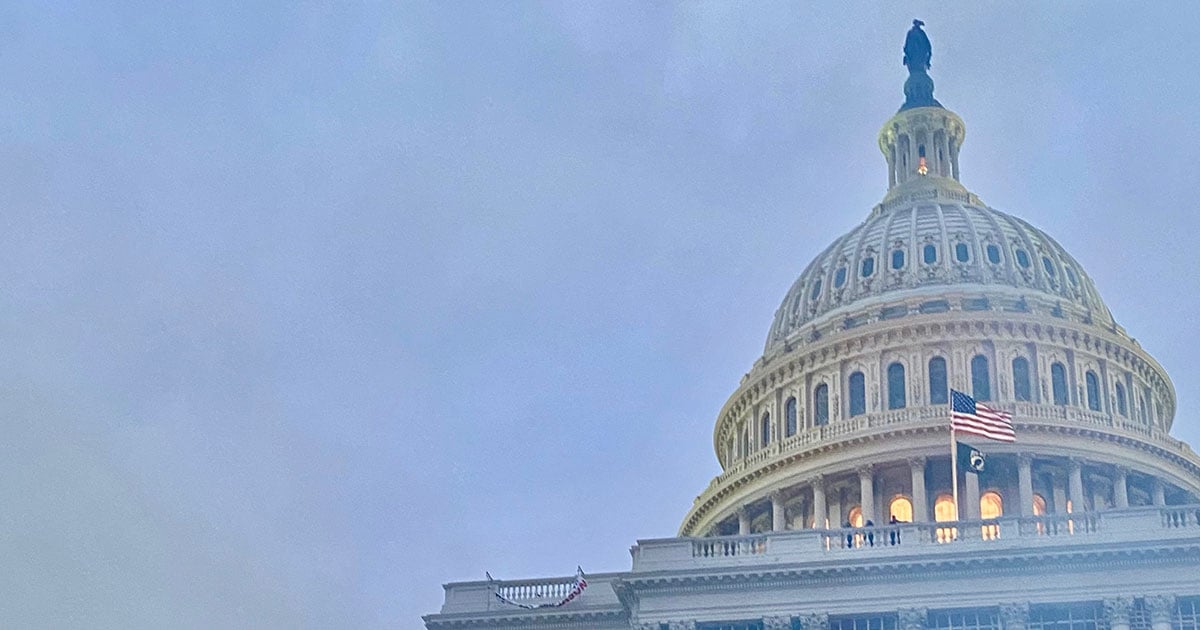Dry January is hardly a new concept: At the start of each year, those who perhaps imbibed a bit too much over the holidays or just want a health reset decide to give up drinking for the month. But after 2020, a year that saw people stuck inside and perhaps drinking more than they normally would, the idea had particular appeal. Then 2021 happened. After the horrific events of January 6, when a violent group of pro-Trump insurrectionists attacked the Capitol, some people who initially opted for a Dry January have called it off. This year, it seems, may not be the time for sobriety.
For people with a personal connection to the Capitol, it has been an especially trying time. A 28-year-old Congressional aide who asked not to use his name (“just in case some crazy right-wing person sees and decides to set my house on fire,” he says) spent a lot of 2020 alone in his Adams Morgan home. This inevitably led to more imbibing, he says: “When you’re sitting around your apartment bored for 90 hours in a row, you have a few more beers than you normally would.”
A month (mostly) off from drinking would be good, he figured, although he allowed himself a beer under certain specific circumstances. And then came the coup attempt, “and I added another rule,” he says, “which is if people break into my office and wave the Confederate flag around, I get to also have a drink.”
Then he decided it was only fair that “a drink” be loosely translated to “an entire bottle of Trader Joe’s Pinot Grigio.” The way he sees it, as someone who lives alone and didn’t feel comfortable driving across town mid-uprising to see his quarantine pod, this was one of the only coping mechanisms readily available. And coping was especially necessary as he watched the Capitol complex being overtaken, a place that’s deeply personal to him. “Just knowing what went on there is not something I’ve fully processed yet,” he says. “[I need] to work through all the very complicated feelings that last week is going to tie to work for a long time.”
Lauren Drew experienced a similar reaction to the attacks. The 35-year-old nonprofit employee’s boyfriend is a camera tech for C-SPAN, and he was working in the Capitol complex on January 6. Drew spent the majority of the day pacing in the living room, refreshing the news and watching C-SPAN, anxiously waiting to hear from her boyfriend. When he finally got home that evening, Drew—who had been doing the Whole 30 program until then—poured him a shot of tequila and mixed some drinks, and they each ate their own pint of ice cream.
Drew and her boyfriend saw it as their way to process the horrors of that day. “I’m not sure it’s a good thing to say, ‘Well, I blew off my Dry January because the world’s on fire, but I think it’s also a very human thing,” she says. “At some point, you have to prioritize what you are going to focus your energy on.”
A thwarted Dry January might seem like a small thing given everything that’s going on in the world. But it speaks to a larger issue: Americans have been drinking more during the pandemic. A RAND study released this fall found that adults over 30 increased their alcohol consumption during the pandemic by 14 percent compared to last year, and that for women, heavy drinking (four drinks or more in a few hours) has increased significantly. Drinking more can be a result of anxiety or depression, and can also contribute to it.
Many of the people who talked about their Dry January experiences were aware this is an especially difficult time for people who are sober or struggling with addiction issues, and acknowledged that turning to alcohol during trying times perhaps wasn’t the healthiest move. But Drew says she’s trying to give herself some grace right now: “Is this the world’s healthiest coping mechanism? Should you probably do yoga or paint? Yes, probably, but no one’s really operating at their best right now.”
People with no direct connection to unfolding events at the Capitol were shaken up on Jan. 6, as well. Chris Olson, a 38-year-old communications employee, was working in the basement of his Alexandria home. He and his wife had smoothies for lunch—part of a 2021 health kick that they hoped would make up for a pretty indulgent 2020: more home-cooked meals, less takeout, and a Dry January.
And then news of the insurrection broke. Olson feverishly Slacked with his co-workers, refreshing Twitter and staring at the news, “watching in horror, really, as the now-famous scenes [played] out live,” he says. Around 4 PM, his wife came downstairs. Screw smoothies, she said. Democracy was under attack, and it was time to stress eat. As soon as Olson’s meetings were over, so was Dry January. He cracked open a White Claw and the family ordered takeout from a steak restaurant. Later, Olson started on a bottle of whiskey. “It was, like, the opposite of smoothies,” says Olson.
Casey MacLean went through a similar process. The 24-year-old had been doing more “low-key” drinking during 2020 than she normally does, sipping around two beers a night because, well, what else was she going to do? January was going to be her reset, but after the scary scene at the Capitol and impending threat of further violence, there went her resolutions. That night, MacLean—normally not a hard-liquor drinker—realized she only had tequila in the house. She decided to break her Dry January vows anyway. “I was like, you know what? Maybe this is not the year,” she says. “We’re only six days in, but here we are.”
MacLean has now decided to go for a more “Damp January” approach as a way to deal with her political anxiety. “I mean, everything is still happening,” she says. “It didn’t end on January 6. It’s still going. We’re just constantly taking in surreal information right now.” She decided to compromise by drinking low-calorie beer like Miller Lite and doing yoga—that’s probably healthy enough for 2021, she figures. And there’s always 2022. “I think next year, I will just do it for two months,” she says. “Just kidding. That won’t happen.”




















